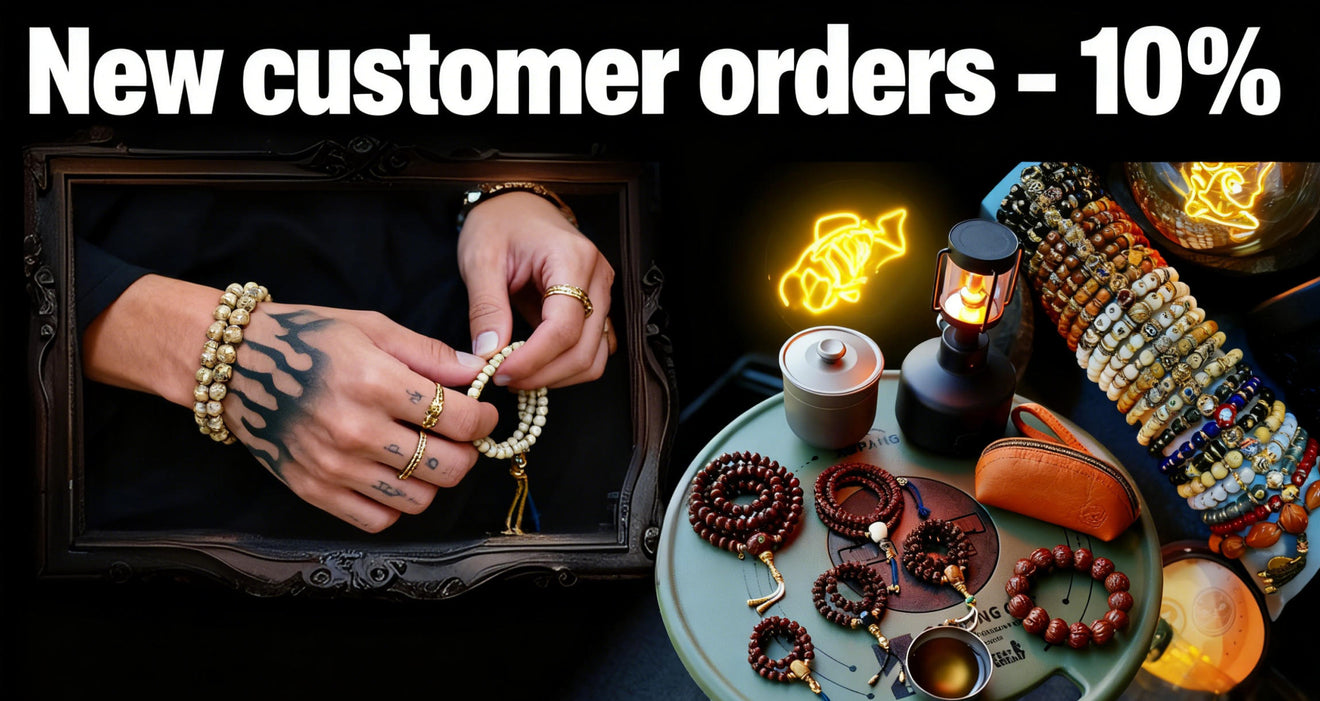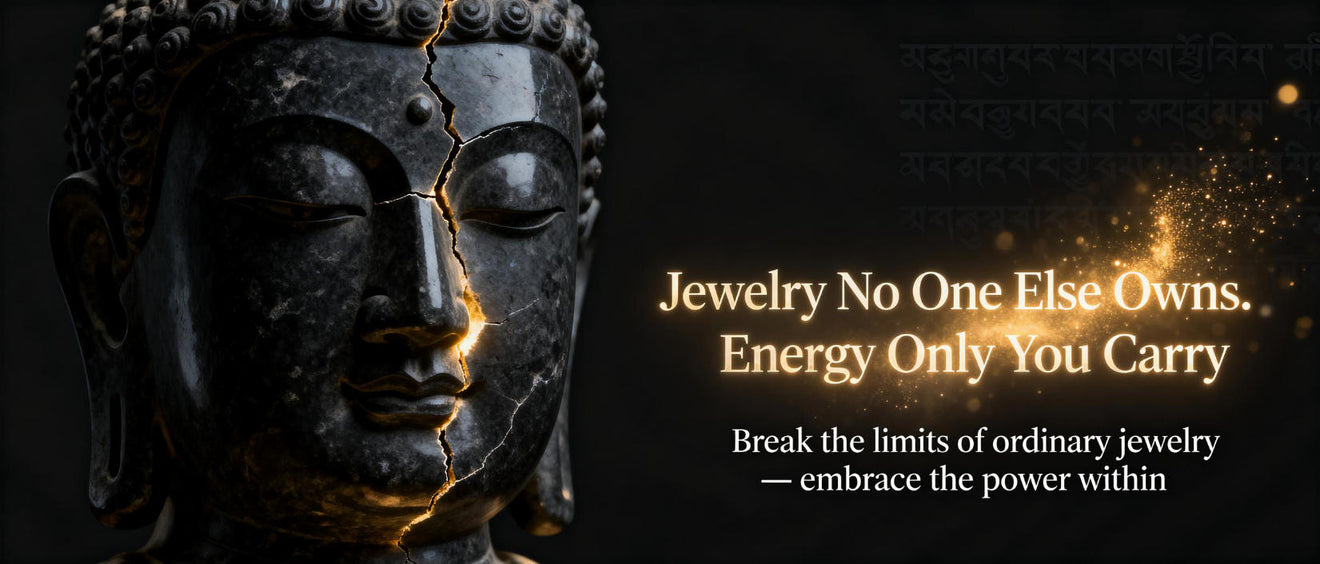specially structured bodhi beads bracelets authentically designed?

Within the intricate fabric of Tibetan Buddhism lie two compelling artifacts: the artistic thangka and spiritual bodhi gem. Each, uniquely expressed, facilitates linkages to metaphysical clarity. The thangka, a decorative panel, renders enlightened figures, ritualistic patterns, or sacred legends, acting as a focus for contemplative thought.
On the other hand, the bodhi bead, often crafted from rare crystals, planks, fruit stones, or bone, is a tangible reminder of Buddha's enlightenment under the bodhi tree. Manipulating the beads fosters mental clarity.
- Simultaneously, the thangka and the bodhi bead demonstrate the connection of beauty and piety. They offer a tangible link to the traditional insight of Tibetan Buddhism.
Camel Bone Whispers
Across the sands of time, age-old treasures whisper tales relating to a world long forgotten. These are not ornate objects in lost empires, but unpretentious camel bones incised with glyphs that harbor the hidden truths of a bygone age. Each segment embodies the echo arising from a life lived, a journey undertaken, and a connection to the venerable wisdom which encompasses us all.
- It
- Tokens
- Offer
Delving into the Depths of Thangka Art: A Symbolic Journey
Tangkas are eye-catching paintings on canvas, meticulously crafted by Tibetan artists to depict spiritual figures and scenes from Buddhist writings. Each detail within a thangka is laden with relevance, forming a complex tapestry of visual narratives that guide the viewer on a inner journey. The tints used in thangkas are not merely aesthetic choices but carry core connotations, symbolizing different aspects of the Buddhist teachings. From the stoic figures to the intricate layouts, thangkas offer a window into the rich world of Tibetan Buddhism, inviting us to ponder upon its teachings.
- Classic thangka art often depicts key Buddhist figures such as Buddha Shakyamuni, Bodhisattvas like Avalokiteshvara and Manjushri, and enlightened beings from various orders of Tibetan Buddhism.
- Amidst these representations lies a wealth of learnedness that can be unlocked by those who study the symbolic language of thangkas.
Path to the Buddha's Path to Enlightenment: Embodied in Beads and Bone
Upon the winding road to nirvana, the Buddha harnessed signs imbued with profound depth. Individual bead and object held within them the nature of his guidance, expressing glimpses into the mosaic of reality. By means of their contour, the Buddha conveyed profound realizations that surpass the realm of ordinary perception.
From chosen reflective beads, crafted from exotic materials, emerged vibrations that harmonized with the intense forces within. The bone of a entity, meticulously transformed into amulets, served as tangible symbols of the impermanence intrinsic to all phenomena.
Thangkas: Windows into Himalayan Spirituality
Thangkas vibrant paintings on cloth serve as effective representations of Himalayan spirituality. These intricate works of art, meticulously created with detailed brushstrokes, depict a vast array featuring Buddhist deities, mandalas, and scenes from holy scriptures. Each thangka is a meditative instrument for meditation and contemplation, offering discernment into the deep teachings of Buddhism.
- They are often used in ritual ceremonies as part of
- reflecting states of spiritual insight.
- Thangkas appear as not merely decorative items but rather gateways into the rich and intriguing world of Himalayan spiritual traditions.
Walking with Bodhi Beads: Paths of Mindfulness and Compassion
Each pearl on a bodhi bead mala whispers tales of ancient wisdom, guiding us on a pilgrimage through the tranquil waters of mindfulness. As we seize these intricately fashioned beads, our fingers trace the contours of separate one, anchoring our attention in the present moment. The gentle mass of the beads against our palms serves as a tangible reminder to breathe, fostering a sense of quiet.
- At every bead that passes between our fingers, we foster compassion, extending it first to ourselves and then outward to the world.
- Eastern religions teaches us that mindfulness is a discipline that requires patience and tenacity.
With the aid of the rhythmic repetition of mantra or simply the mindful tallying of the beads, we escape from the relentless chatter of the mind.
The practice making use of bodhi beads is a beautiful invitation to reawaken our connection with ourselves and the world around us.
Intentional Craftsmanship: Making Camel Bone Bracelets for Inner Evolution
Resolve forms a significant motivator in our lives, shaping our experiences and guiding us towards our destined path. When we combine this intention with the traditional practices of crafting a camel bone bracelet, we create a potent synergy that can amplify our spiritual growth.Camel bone carries profound symbolism, representing endurance. Its natural beauty and unassuming elegance serve as a constant reminder of the vibrant energy within each of us.Once bones are chosen with care, flow affirmations into the bracelet. With every knot or tie, we embody our hopes, dreams, and aspirations for spiritual evolution. This act of creation becomes a powerful affirmation, bonding us with our inner wisdom and guiding us on a road to insight.- Consider the colors and patterns within the camel bone to reflect your intentions.
- Picture your goals interlaced in the bracelet’s form.
- Keep it close as a symbol of your evolving journey.
Unveiling the Significance of Camel Bones in Buddhist Traditions
In the rich tapestry surrounding Buddhist tradition, artifacts often hold profound symbolic meaning. Within these varied objects, camel bone stands out as a unusual and captivating element. Across history, this material has been incorporated in the crafting of various Buddhist objects, each imbued with specific significances.
- Appraised as a symbol of resilience and strength due to the camel's ability to thrive in harsh environments, camel bone often symbolizes spiritual fortitude.
- Likewise, the color and texture against camel bone are believed by some to hold auspicious connotations, manifesting purity and serenity.
As a result, camel bone has become a esteemed part of Buddhist custom, serving as a tangible association to the profound teachings transmitted through this ancient faith.
Thangka Art: Weaving Tales of Divinity
Within the ethereal realm of Tibetan Buddhism, Thangka paintings emerge as sacred portals to enlightenment. These exquisite works, meticulously crafted by skilled artists known as thangkapa, depict a myriad consisting of vibrant deities, celestial beings, and mythical creatures. Each brushstroke imparts profound spiritual significance, narrating ancient tales and philosophical ideas.
- Showcasing a vast collection of Buddhist iconography, Thangkas serve as both devotional objects and instructional tools. Devout practitioners gaze upon these paintings during rituals and meditations, seeking to pursue spiritual wisdom.
- Beautifully adorned with intricate details embellished by diverse vibrant hues, Thangkas are considered windows into the divine. Every single painting acts as a symbolic representation of the Avatar's teachings and the path to liberation.
Via their effective imagery and symbolism, Thangka paintings offer a glimpse into the rich sacred traditions of Tibet. They are a testament to the enduring mastery of Tibetan art and its profound ability to inspire.
Embracing the Duality: Thangkas and the Cycle of Life and Death
Thangkas, vivid tapestry scrolls of the Himalayas, manifest an intense meditation on mortality’s impermanence. Each intricate illustration depicts deities and beings engaged in the persistent path of life and death, a concert of birth, growth, impermanence, and rebirth. The artists skillfully merge these concepts within the thangka's cosmos, highlighting the relation of all things. Through vivid imagery, they invite us to deliberate on our own continuity. The cycle endures, a tempo of coming and going, accentuating the preciousness of each moment. By embracing this duality, thangkas teach us to acknowledge the beauty in both life's joys and sorrows.Bonds of Serenity: The Significance of Bracelets in Buddhist Practice
In the intricate tapestry of Buddhist practice, seemingly plain objects often hold profound meaning. Among these are bracelets, which serve as tangible markers of devotion and commitment to the path of Buddha. Worn on the Exclusive bracelet wrist, a bracelet operates as a constant reminder of one's aspirations and intentions. It can suggest the impermanence of life, inducing practitioners to remain centered in the present moment. Some bracelets may contain sacred marks, such as mantras or the names of Buddhas, which are perceived to elicit positive energy and protection. Others are often made from constituents with spiritual significance, like sandalwood or lotus seeds, strengthening the bracelet's force. Ultimately, the significance of a Buddhist bracelet derives far beyond its physical form. It becomes a powerful tool for introspection, a stimulus to live in harmony with the teachings of Buddha, and a embodiment of one's unwavering loyalty.